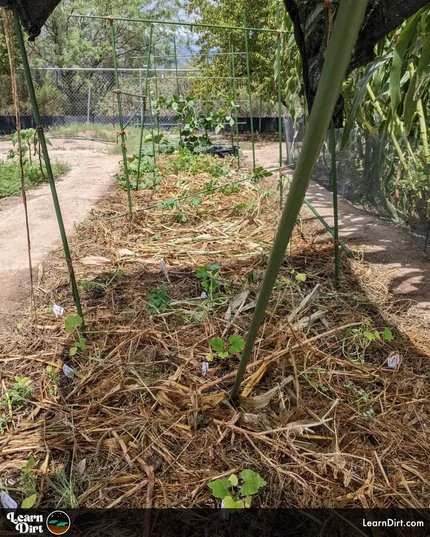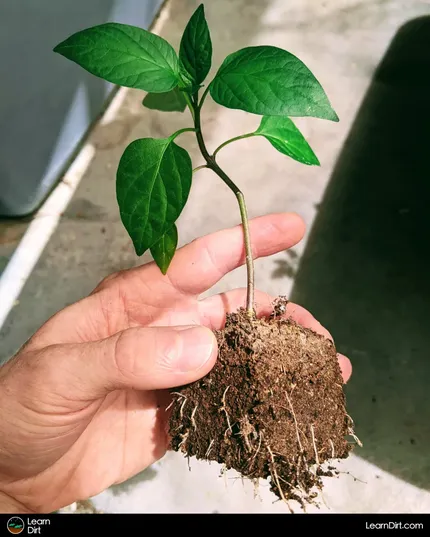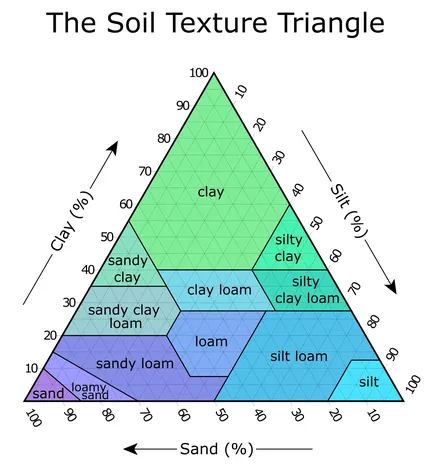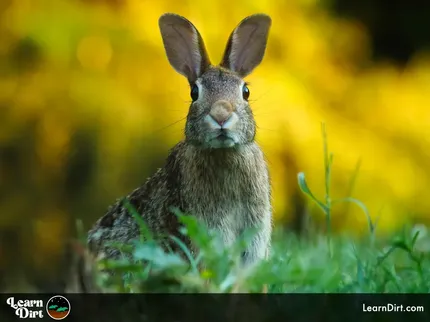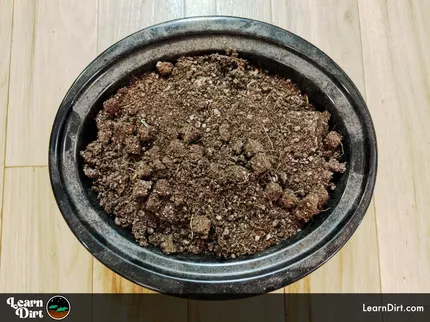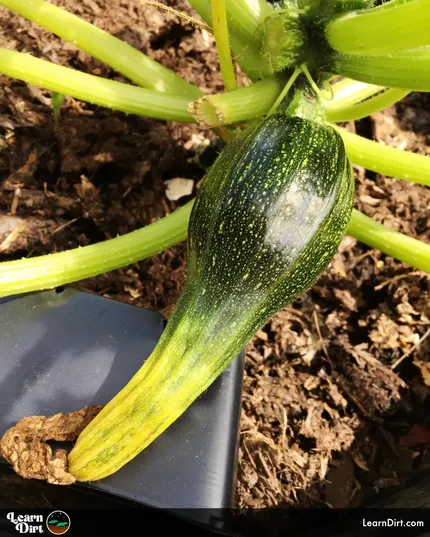Table of Contents
- What Is Succession Planting?
- Succession Planting Benefits
- Common Questions
- Succession Planting Examples
* Our articles never contain AI-generated slop *
Succession planting is the key to continual garden harvests all throughout the season. If you're looking to spread your harvests out across the season so you have a steady supply of food coming in from the garden, succession planting is the way!
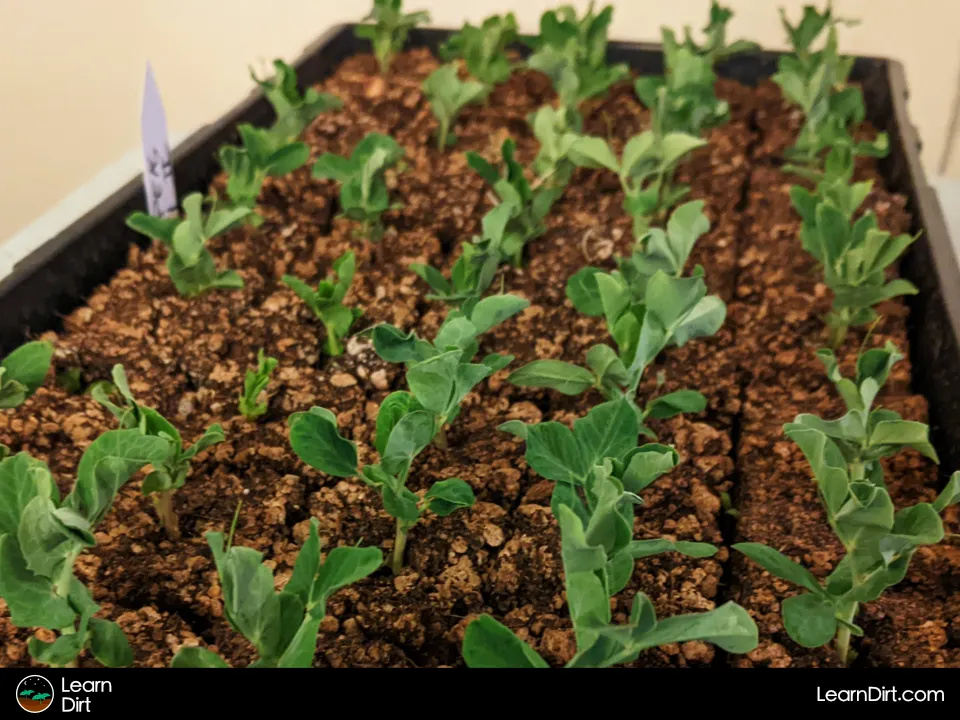
Let's jump into some of the specifics, as well as some common mistakes and issues you might encounter while getting into garden successions.
What Is Succession Planting?
Succession planting means starting each crop multiple times within the season, rather than all at once.
Disclaimer: This post may contain affiliate links. Refer to the privacy policy for more information.
For instance, radishes are an incredibly quick crop which can go from seed to harvest in as little as 3-4 weeks (depending on variety).
Because a radish plant can't be harvested in stages, once you pull up a radish it's done for the season.
This makes radishes the perfect crop for succession planting, as you can sow a new planting of radishes each week or two and have fresh radishes every week!
If you're looking for a mild radish that's less spicy and more juicy than a typical cherry belle, give French breakfast radishes a try!
Succession Planting Benefits
If you've ever gone months without garden harvest, only to be overwhelmed by everything coming in all at once, then you already know the value of succession planting.
Successions help smooth our this rollercoaster, so that produce comes in more frequently and in smaller amounts so you don't find yourself as overwhelmed.
Join The Grower's Community
Find your people.
Your voice matters here 🌱
Check It Out!
Planting in succession is also a necessity for market gardeners and farmers who want to provide fresh food to their community every week, as there will always be something to harvest.
Common Questions
Can All Crops Be Succession Planted?
Not all crops can be succession planted. Crops such as garlic, for example, take most of the year to grow (7-10 months depending where you are). There isn't enough time in the year to plant multiple successions of garlic because of this extremely long growing season.
Further, garlic stores well for months when it's properly cured so there's no need to have a continual harvest of a storage crop anyway.
Conversely, crops which do not store well and which take less time to grow than the seasonal window you have to grow them are the ideal candidate for succession planting.
Which Vegetables Should You Succession Plant?
The best veggies for succession planting are usually those that grow the quickest. Lettuce, radish, spinach, arugula, and turnips are all great choices.
Vegetables for which the entire plant is harvested at once (like a turnip or a radish) are generally great for succession, as are those which fruit all at once.
How Long Between Succession Planting?
When to Stop Succession Planting
Succession Planting Examples
That's all for now, thanks for reading!
If you have any questions, comments, or would like to connect with fellow gardeners, head on over to the forum and post there.
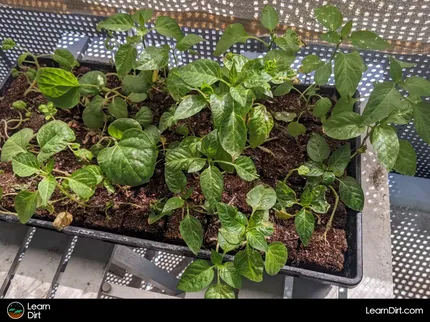
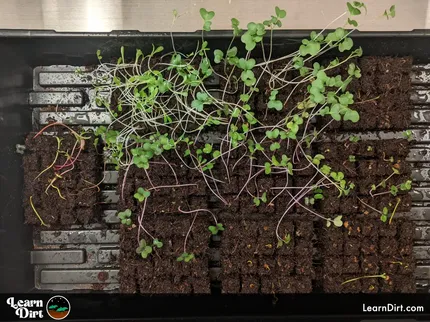
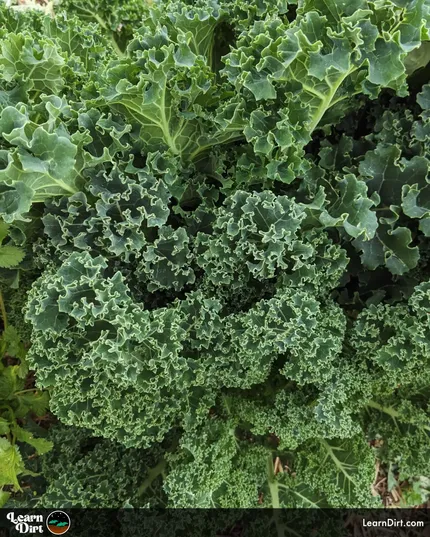
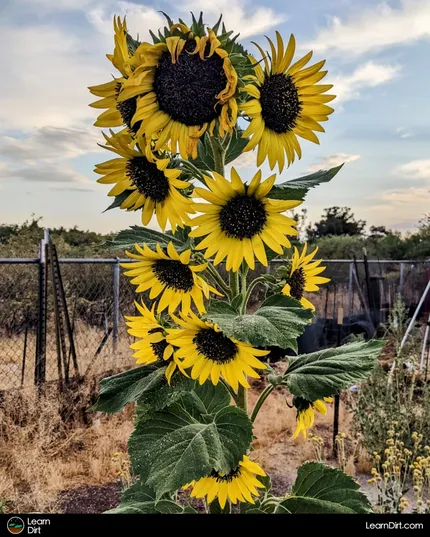
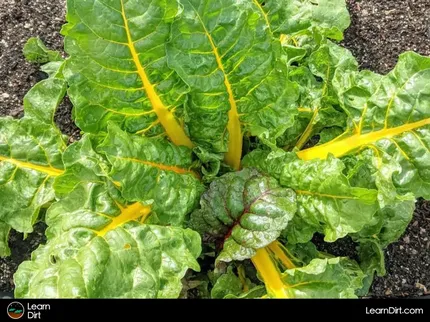
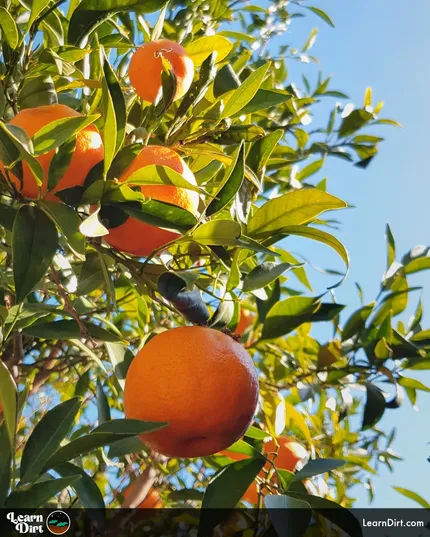
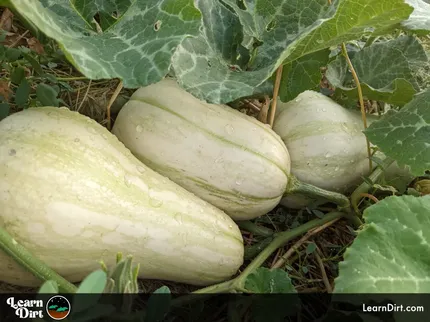
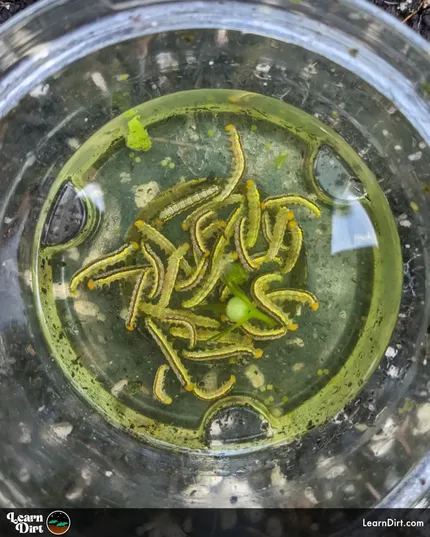

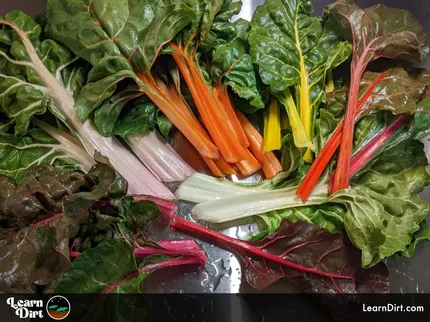
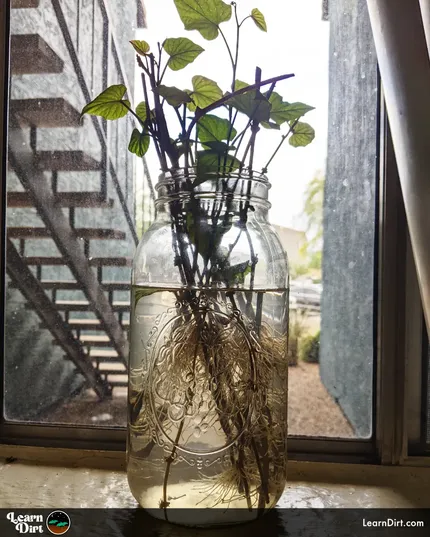
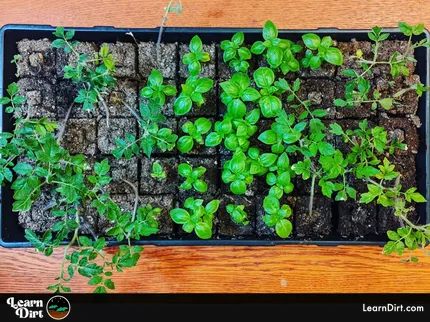

![Black Dirt Live Again [Green] Sticker](/media/product_images/black-dirt-live-again-[green]_sticker_260x260.png)

